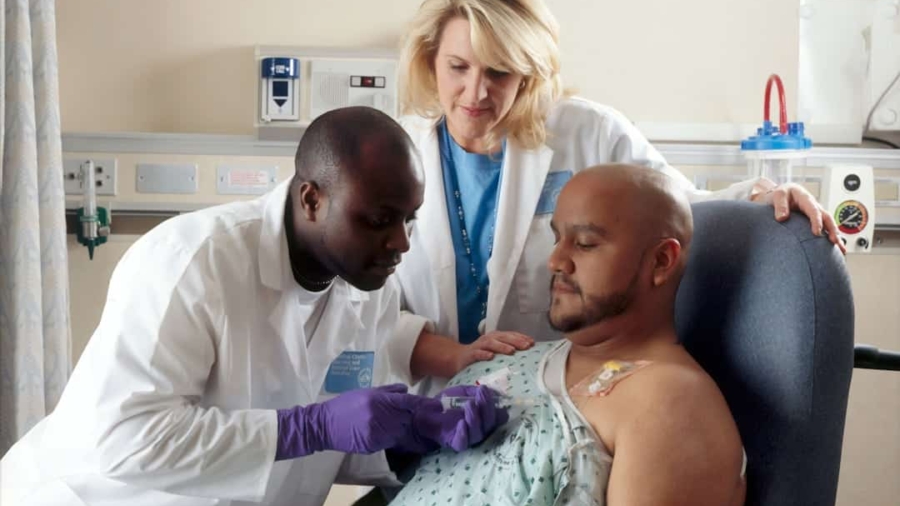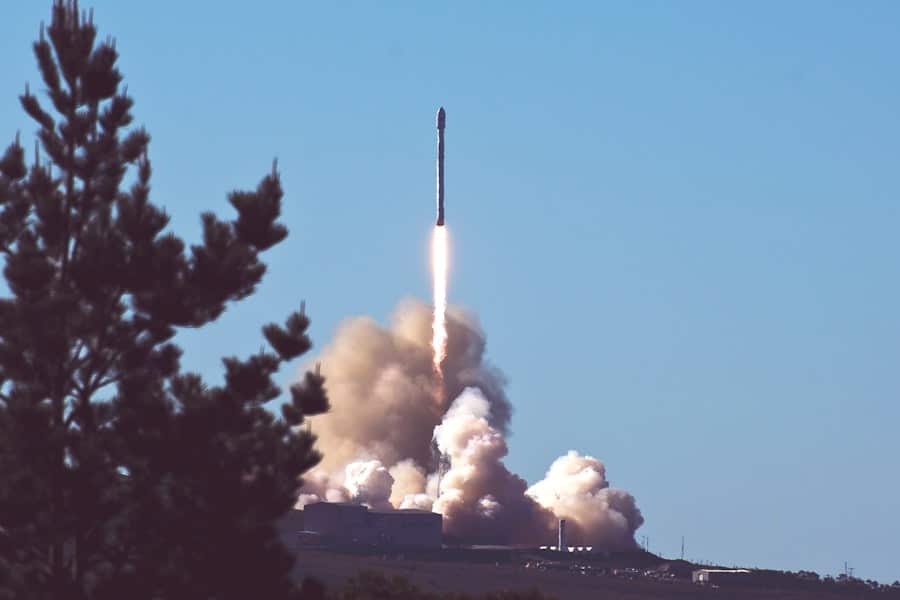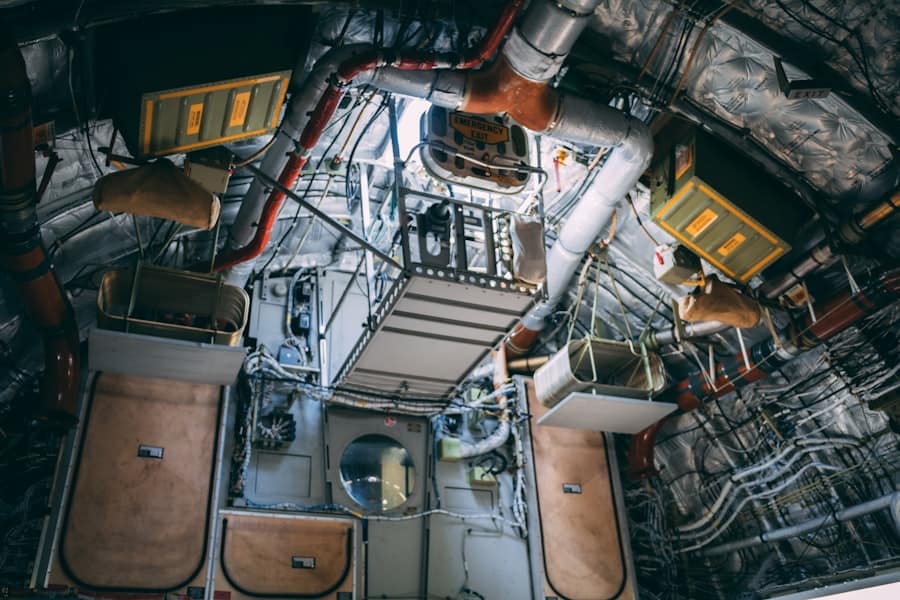The advent of artificial intelligence (AI) has revolutionized numerous fields, and space exploration is no exception. As humanity pushes the boundaries of our understanding of the cosmos, the integration of AI-powered systems into space missions has become increasingly vital. These systems enhance the capabilities of spacecraft, improve decision-making processes, and ensure the safety and efficiency of missions that often take place in environments where human intervention is limited or impossible.
The complexity of space missions, characterized by long durations, vast distances, and unpredictable conditions, necessitates the use of advanced technologies that can operate autonomously and adapt to changing circumstances. AI’s role in space exploration extends beyond mere automation; it encompasses a wide range of applications that enhance mission planning, execution, and analysis. From autonomous rovers on Mars to sophisticated satellite systems monitoring Earth’s climate, AI algorithms are being employed to process vast amounts of data, make real-time decisions, and optimize mission outcomes.
As we delve deeper into the cosmos, the reliance on AI will only grow, making it an indispensable component of future space endeavors. The following sections will explore the multifaceted roles that AI plays in ensuring the success and safety of space missions.
Key Takeaways
- AI-powered systems play a crucial role in space missions by enhancing safety and efficiency.
- AI can predict and prevent hazards in space missions by analyzing data and identifying potential risks.
- AI-powered navigation and guidance systems help spacecraft navigate through space and avoid obstacles.
- AI is used to monitor and maintain life support systems in space, ensuring the well-being of astronauts.
- AI can detect and respond to equipment failures in space missions, helping to prevent potential disasters.
The Role of AI in Predicting and Preventing Hazards
One of the most critical applications of AI in space missions is its ability to predict and prevent hazards that could jeopardize mission success. Space is fraught with dangers, including radiation exposure, micrometeoroid impacts, and unpredictable environmental conditions. AI systems can analyze historical data and real-time sensor inputs to identify patterns and predict potential hazards before they occur.
For instance, NASA’s Mars rovers utilize machine learning algorithms to assess terrain conditions and identify areas that may pose risks for navigation or operation. Moreover, AI can enhance the safety protocols for crewed missions by continuously monitoring environmental factors. For example, during long-duration missions aboard the International Space Station (ISS), AI systems can analyze data from various sensors to detect anomalies in life support systems or radiation levels.
By predicting potential failures or hazardous conditions, these systems enable astronauts to take preventive measures, thereby reducing risks associated with human error or unforeseen events. The ability to foresee hazards not only enhances safety but also optimizes mission planning by allowing for adjustments based on predictive analytics.
AI-Powered Navigation and Guidance Systems
Navigating through the vastness of space presents unique challenges that require precise calculations and real-time adjustments. AI-powered navigation and guidance systems have emerged as essential tools for spacecraft, enabling them to traverse complex trajectories with high accuracy. These systems utilize advanced algorithms to process data from various sources, including star trackers, inertial measurement units, and GPS signals when available.
By integrating this information, AI can determine the spacecraft’s position and velocity with remarkable precision. An exemplary case is the autonomous navigation system used by NASA’s Perseverance rover on Mars. This system employs AI algorithms to analyze images captured by onboard cameras, allowing the rover to identify safe paths and avoid obstacles in real-time.
The rover’s ability to make autonomous decisions significantly reduces the time required for human operators to send commands from Earth, which can take several minutes due to the distance between planets. This capability not only enhances operational efficiency but also ensures that the rover can respond swiftly to dynamic conditions on the Martian surface.
Monitoring and Maintaining Life Support Systems with AI
In crewed space missions, maintaining life support systems is paramount for ensuring astronaut safety and well-being. AI technologies play a crucial role in monitoring these systems, which include oxygen generation, carbon dioxide removal, temperature control, and water recycling.
For instance, during long-duration missions such as those planned for Mars exploration, astronauts will rely heavily on closed-loop life support systems that recycle air and water. AI can optimize these processes by predicting consumption patterns based on crew activities and adjusting system parameters accordingly. This proactive approach not only enhances resource management but also minimizes the risk of system failures that could compromise crew safety.
Furthermore, AI can assist in diagnosing issues within life support systems by analyzing historical performance data and identifying potential points of failure before they escalate into critical problems.
AI for Detecting and Responding to Equipment Failures
The reliability of spacecraft equipment is crucial for mission success, as failures can lead to catastrophic consequences in the unforgiving environment of space. AI technologies are increasingly being employed to detect and respond to equipment failures swiftly and effectively. By utilizing predictive maintenance algorithms, AI can analyze data from various sensors embedded in spacecraft systems to identify early signs of wear or malfunction.
For example, NASA’s Jet Propulsion Laboratory has developed AI systems capable of monitoring the health of spacecraft components in real-time. These systems can detect anomalies in performance metrics such as temperature fluctuations or vibration patterns that may indicate impending failures. Once a potential issue is identified, AI can recommend corrective actions or adjustments to mitigate risks before they escalate into serious problems.
This capability not only enhances mission reliability but also reduces downtime and maintenance costs associated with equipment failures.
AI-Powered Communication and Data Analysis
Effective communication is vital for the success of space missions, particularly when it comes to transmitting data between spacecraft and mission control on Earth. AI-powered communication systems are being developed to optimize data transmission processes, ensuring that critical information is relayed efficiently even in challenging conditions. These systems can prioritize data packets based on their importance and urgency, allowing for more effective use of bandwidth.
In addition to optimizing communication protocols, AI plays a significant role in data analysis during space missions. The sheer volume of data generated by scientific instruments onboard spacecraft can be overwhelming. AI algorithms can sift through this data rapidly, identifying relevant patterns and extracting meaningful insights that would be difficult for human analysts to discern in a timely manner.
For instance, during the Kepler mission aimed at discovering exoplanets, AI was instrumental in analyzing light curves from distant stars to detect potential planetary transits. This capability not only accelerates scientific discovery but also enhances our understanding of celestial phenomena.
The Future of AI in Space Exploration
As we look toward the future of space exploration, the role of AI is poised to expand even further. With ambitious plans for crewed missions to Mars and beyond, as well as the exploration of asteroids and other celestial bodies, the integration of advanced AI technologies will be essential for navigating these complex endeavors. Future spacecraft may employ even more sophisticated autonomous systems capable of making real-time decisions based on a broader array of environmental factors.
Moreover, advancements in machine learning and deep learning techniques will enable AI systems to learn from past experiences and improve their performance over time. This adaptability will be crucial for long-duration missions where human oversight may be limited due to communication delays or other constraints. Additionally, as we venture into deeper space exploration, AI will play a pivotal role in managing resources efficiently and ensuring crew safety in environments that are increasingly hostile.
The Importance of AI in Ensuring Safety in Space Missions
The integration of AI-powered systems into space missions represents a significant leap forward in our ability to explore the cosmos safely and effectively. From predicting hazards to optimizing navigation and maintaining life support systems, AI technologies are enhancing every aspect of space exploration. As we continue to push the boundaries of our knowledge and capabilities, the importance of these intelligent systems cannot be overstated.
AI not only improves operational efficiency but also plays a critical role in safeguarding astronauts’ lives during their journeys into the unknown. As we look ahead to future missions that will take us further than ever before, it is clear that AI will be an indispensable ally in our quest to understand the universe and ensure the safety of those who venture into its depths. The ongoing development and refinement of these technologies will undoubtedly shape the future landscape of space exploration for generations to come.
A related article to How AI-Powered Systems Ensure Safety During Space Missions is com/best-software-for-house-plans/’>Best Software for House Plans.
This article discusses the importance of using the right software tools for architects to create detailed and accurate house plans. Just like in space missions, where precision and accuracy are crucial for safety, architects rely on advanced software to ensure the success of their projects. By utilizing the best software available, architects can streamline their workflow and produce high-quality designs that meet the needs of their clients.
FAQs
What are AI-powered systems?
AI-powered systems are technologies that use artificial intelligence to perform tasks that typically require human intelligence, such as visual perception, speech recognition, decision-making, and language translation.
How do AI-powered systems ensure safety during space missions?
AI-powered systems ensure safety during space missions by analyzing large amounts of data in real-time to detect and predict potential hazards, making autonomous decisions to mitigate risks, and assisting astronauts with tasks such as navigation, maintenance, and medical care.
What are some examples of AI-powered systems used in space missions?
Examples of AI-powered systems used in space missions include autonomous spacecraft navigation, robotic arms for maintenance and repairs, intelligent medical diagnostic systems, and predictive analytics for identifying potential equipment failures.
What are the benefits of using AI-powered systems in space missions?
The benefits of using AI-powered systems in space missions include improved safety and risk management, enhanced efficiency in decision-making and problem-solving, and the ability to handle complex tasks in extreme environments where human intervention may be limited.
What are the challenges of using AI-powered systems in space missions?
Challenges of using AI-powered systems in space missions include the need for robust and reliable algorithms that can withstand the harsh conditions of space, potential communication delays for remote operations, and the ethical considerations of autonomous decision-making in critical situations.



